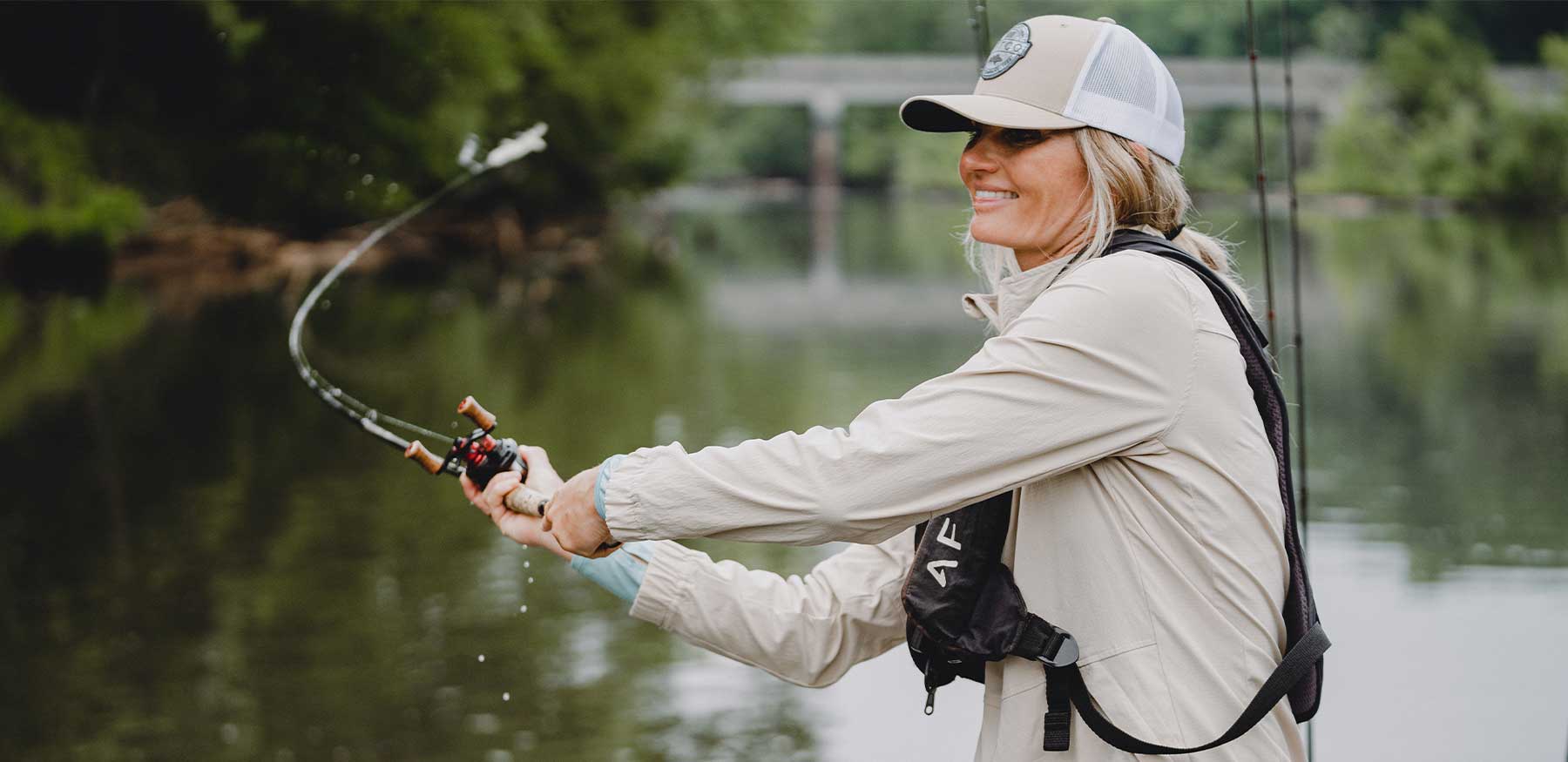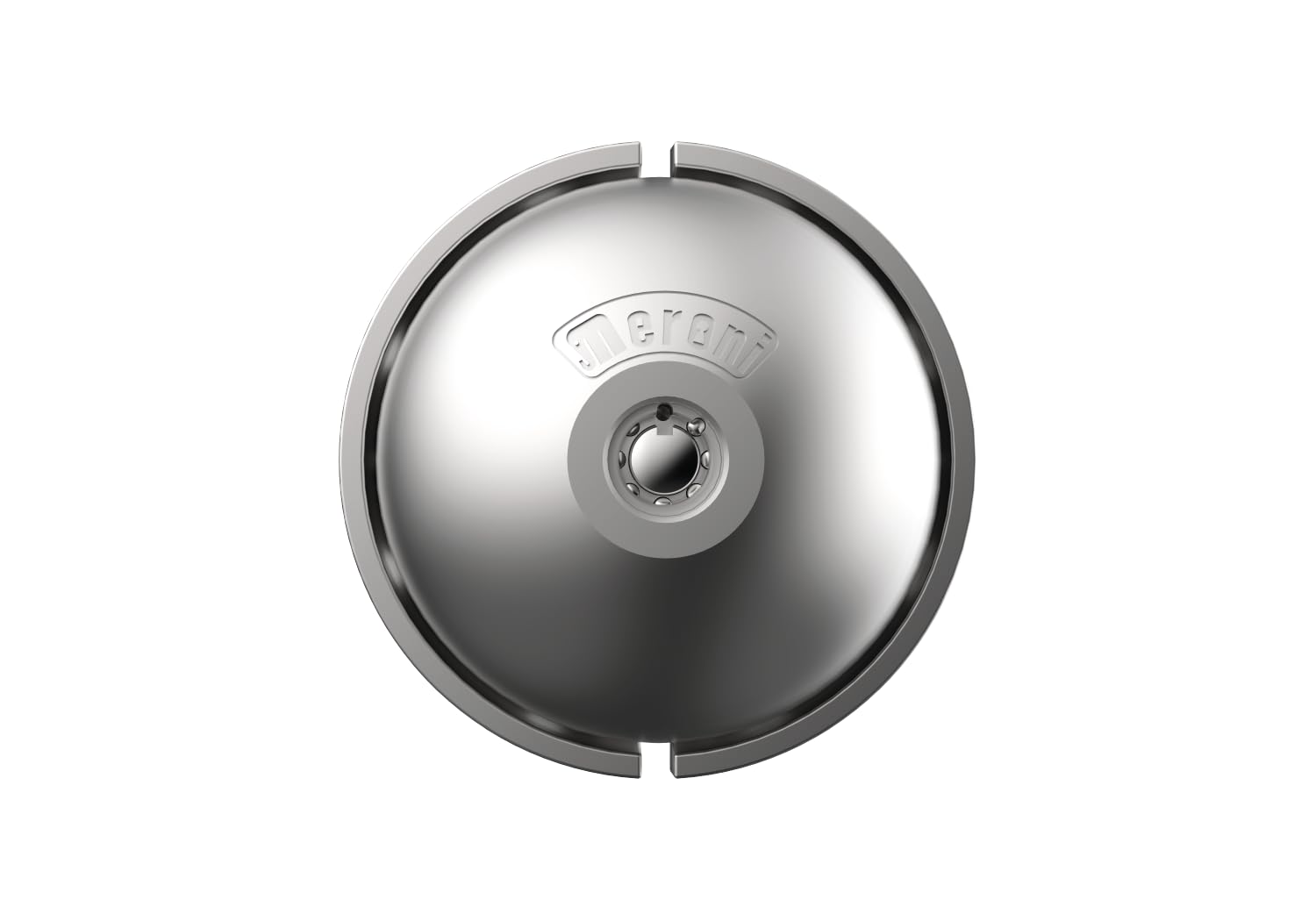Whether you’re casting on a tranquil mountain stream or battling wind on a coastal flat, the right gear can make all the difference. One of the most important—yet often overlooked—pieces of equipment is your Fly fishing line. The right line isn’t just a connection between you and the fish—it’s a critical tool that influences your casting distance, accuracy, and overall success on the water. Choosing the best one for your next adventure involves understanding the different types, weights, tapers, and materials available.
Understanding the Basics of Fly Fishing Lines
Before selecting a line, it’s essential to understand what makes it unique from traditional fishing lines. Fly fishing lines are specifically designed to cast lightweight flies using the weight of the line itself rather than a weighted lure or sinker. This design requires careful consideration of line type, weight, and taper to match your rod, reel, and fishing environment.
The Role of Weight in Casting
Weight determines how the line loads the rod during the cast. Lines are measured in “weight” ratings, usually from 1 to 14, which should match the weight rating of your rod. A properly matched weight ensures smooth casting, better accuracy, and less strain on your equipment.
The Importance of Taper
Taper refers to the way the line’s thickness changes along its length. Taper affects presentation, control, and the ability to turn over flies. Different tapers suit different fishing situations, from delicate dry-fly presentations to heavy streamer casting.
Types of Fly Fishing Lines
Not all lines are created equal. Understanding the main categories will help you choose the best one for your target species, environment, and fishing style.
Floating Lines
Floating lines stay on the water’s surface, making them ideal for dry flies, nymphs, and light streamers. They’re versatile, easy to handle, and perfect for beginners and experienced anglers alike.
Sinking Lines
Sinking lines are designed to get your fly down to the desired depth quickly. They come in various sink rates, from slow-sinking to fast-sinking, allowing you to target fish holding deep.
Sink-Tip Lines
Sink-tip lines combine a floating body with a sinking tip, offering the best of both worlds. They’re excellent for fishing in rivers where you want to get your fly below the surface but still maintain easy mending and control.
Choosing the Right Line Weight
Selecting the correct weight is critical for achieving optimal performance. As a general rule, match the line weight to your rod’s designated weight rating.
- Light Lines (1–4 weight): Perfect for small streams, delicate presentations, and targeting small trout or panfish.
- Medium Lines (5–7 weight): Ideal for larger trout, bass, and general-purpose freshwater fishing.
- Heavy Lines (8–14 weight): Suited for big game species such as salmon, pike, and saltwater fish.
Using a mismatched weight can result in poor casting performance, inaccurate presentations, and potential damage to your rod.
Matching the Line to Your Fishing Environment
The environment plays a huge role in determining the best fly fishing line for your trip.
Freshwater Fishing
In lakes and rivers, floating lines are often the go-to choice for their versatility. However, sinking or sink-tip lines can be advantageous for reaching fish in deeper pockets or during specific hatches.
Saltwater Fishing
Saltwater lines are built to withstand harsh conditions and resist damage from UV rays and salt. They’re generally heavier, with special coatings to handle tropical or cold saltwater environments. A heavier taper helps cut through wind and cast larger flies.
Cold vs. Warm Water
Temperature affects line performance. Lines designed for cold water stay supple in chilly conditions, while warm-water lines maintain stiffness in heat. Using the wrong temperature rating can cause your line to become too limp or too stiff.
The Impact of Line Coating and Core
Modern fly fishing lines use advanced coatings and core materials to improve casting, floatation, and durability.
Coating
The coating affects slickness, buoyancy, and handling. Premium coatings offer smoother shooting, less tangling, and better floatation, while budget coatings may degrade faster.
Core
The core material determines strength and stretch. A low-stretch core improves sensitivity and hook-setting power, while a higher-stretch core offers shock absorption when fighting large fish.
Specialty Lines for Unique Situations
Some fishing scenarios call for more specialized lines:
- Shooting Heads: Short, heavy lines designed for distance casting in windy conditions.
- Double-Taper Lines: Provide delicate presentations and extended line life (can be reversed when worn).
- Weight-Forward Lines: Most common taper, offering versatility and easier casting for beginners.
Tips for Maintaining Your Fly Fishing Line
Proper care extends the life of your line and keeps it performing at its best.
- Clean your line regularly to remove dirt and debris.
- Store it in a cool, dry place away from direct sunlight.
- Check for cracks or damage and replace if necessary.
- Stretch your line before use to reduce memory and improve casting.
How to Test and Evaluate a New Line
When trying a new line, consider these factors:
- Casting Distance: Does it load the rod effectively for your casting style?
- Presentation: How delicately does it land on the water?
- Mending Ability: Is it easy to reposition without disturbing the fly?
- Durability: Does it maintain performance after repeated use?
Common Mistakes to Avoid
Even seasoned anglers can make errors when choosing a fly fishing line.
- Ignoring rod weight recommendations
- Using the wrong line type for the fishing environment
- Neglecting temperature-specific designs
- Overlooking taper options that could improve presentation
Final Thoughts
Selecting the best fly fishing line is not a one-size-fits-all decision. It requires understanding your target species, fishing environment, and personal casting style. By learning about line types, weights, tapers, and specialty options, you’ll be equipped to make an informed choice that enhances your performance and enjoyment on the water. Whether you’re wading in a mountain stream or casting on the open flats, the right line will help you connect with more fish and create lasting memories. Before your next trip, take the time to choose wisely—and let every cast count.



